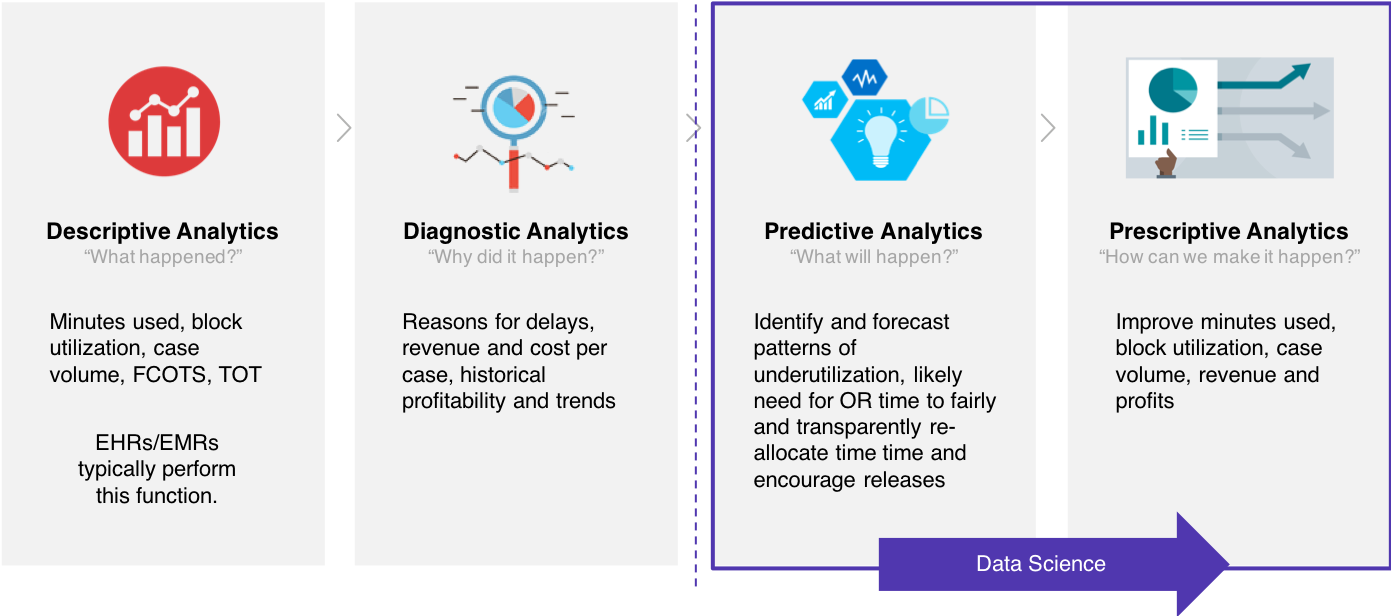Even the best healthcare centers in the world are challenged to keep up with patient demand.
The U.S. healthcare system is expected to serve 30M new patients, the aging population is growing, a shortfall of physicians and nurses is expected, and patient wait times continue to increase. Thankfully, healthcare is riding the wave of change as new technology increasingly is adopted by healthcare organizations to enable better care. Here’s my take on how healthcare IT will continue to disrupt the industry.

Voice Technology Is Taking Off
While Siri certainly has experienced growing pains, we’re seeing some very practical and immensely useful ways smart voice technology can be applied to improve enterprise operations. More sensors and artificial intelligence will give rise to a new wave of intelligent voice assistants that can take healthcare to the next level and significantly improve the overall continuum of care for patients. Many pieces of the puzzle are beginning to come together to make intelligent assistants more practical, affordable and real. They won’t replace doctors or nurses, but they will help monitor and administer care much more effectively at a lower cost.
Machine Learning Reaches a New Level
Machine learning is no longer new, but it is evolving quite rapidly and becoming more advanced and affordable. It has become the talk of the healthcare industry We’re seeing an unprecedented increase in machine-generated data from sensors and other equipment. We have more public and private data sets to aggregate and make sense from. We have unprecedented access to cloud and distributed computing. All this will enable more intelligent applications that can look at the big picture and solve hard problems in healthcare — better early interventions, better treatments, better care.
Increase Care with Existing Assets
Health systems are beginning to re-evaluate their day-to-day operations to increase patient capacity and efficiency. They are looking at the mathematical foundation used to manage operations — upon which the quality of the patient experience relies. All the macro forces in healthcare (more patients, older patients, higher incidence of chronic illnesses, lower reimbursements, push toward value-based care, and tighter operating and capital budgets) indicate an urgent need to be able to do more with existing assets without upsetting patient flow. A strong mathematical foundation will enable a level of operational excellence to help health systems increase their effective capacity for treating more patients while simultaneously improving the overall flow and reducing wait time.
Hospitals and Healthcare Providers Battle New Wave of Cyberattacks
The value of stolen patient records in the dark net has gone down from $300 to less than $10, but the determination of hackers to exploit healthcare organizations hasn’t. As the healthcare space continues digitizing all of its information, it continues to attract more attention from cyber criminals. Last year, we saw a preview with WannaCry and Petya. In 2018, they will continue to use off-the-shelf tools and phishing attacks to trick unsuspecting users and cause havoc. Healthcare cybersecurity spending is estimated to exceed $65B over the next five years as organizations continue to prepare for new waves of cyberattacks and brace for an ongoing difficult battle.
The industry needs to undergo a fundamental shift. Healthcare organizations should go beyond compliance and checklists and take on the enemy with sophisticated defense — identify your most critical data, figure out all possible attack vectors, and use the latest tools and the best security folks you can find to protect your data.
Organizations that invest in health IT ahead of the curve and focus on better utilizing the mountains of data they strain to secure will be a better position to succeed and prosper.
###
Sanjeev Agrawal is president and chief marketing officer of LeanTaaS, a Silicon Valley-based innovator of predictive analytics solutions to healthcare’s biggest operational challenges. He works closely with dozens of leading healthcare institutions including Stanford Health Care, UCHealth, NewYork-Presbyterian, Cleveland Clinic, MD Anderson and more. Sanjeev was Google’s first head of product marketing. Since then, he has had leadership roles at three successful startups: CEO of Aloqa, a mobile push platform (acquired by Motorola); VP product and marketing at Tellme Networks (acquired by Microsoft); and as the founding CEO of Collegefeed (acquired by AfterCollege). Sanjeev graduated Phi Beta Kappa with an EECS degree from MIT and along the way spent time at McKinsey & Co. and Cisco Systems. He is an avid squash player and has been named by Becker's Hospital Review as one of the top entrepreneurs innovating in healthcare. For more information on LeanTaaS, please visit https://leantaas.com/ and follow the company on Twitter @LeanTaaS, Facebook at www.facebook.com/LeanTaaS and LinkedIn at www.linkedin.com/company/leantaas.

